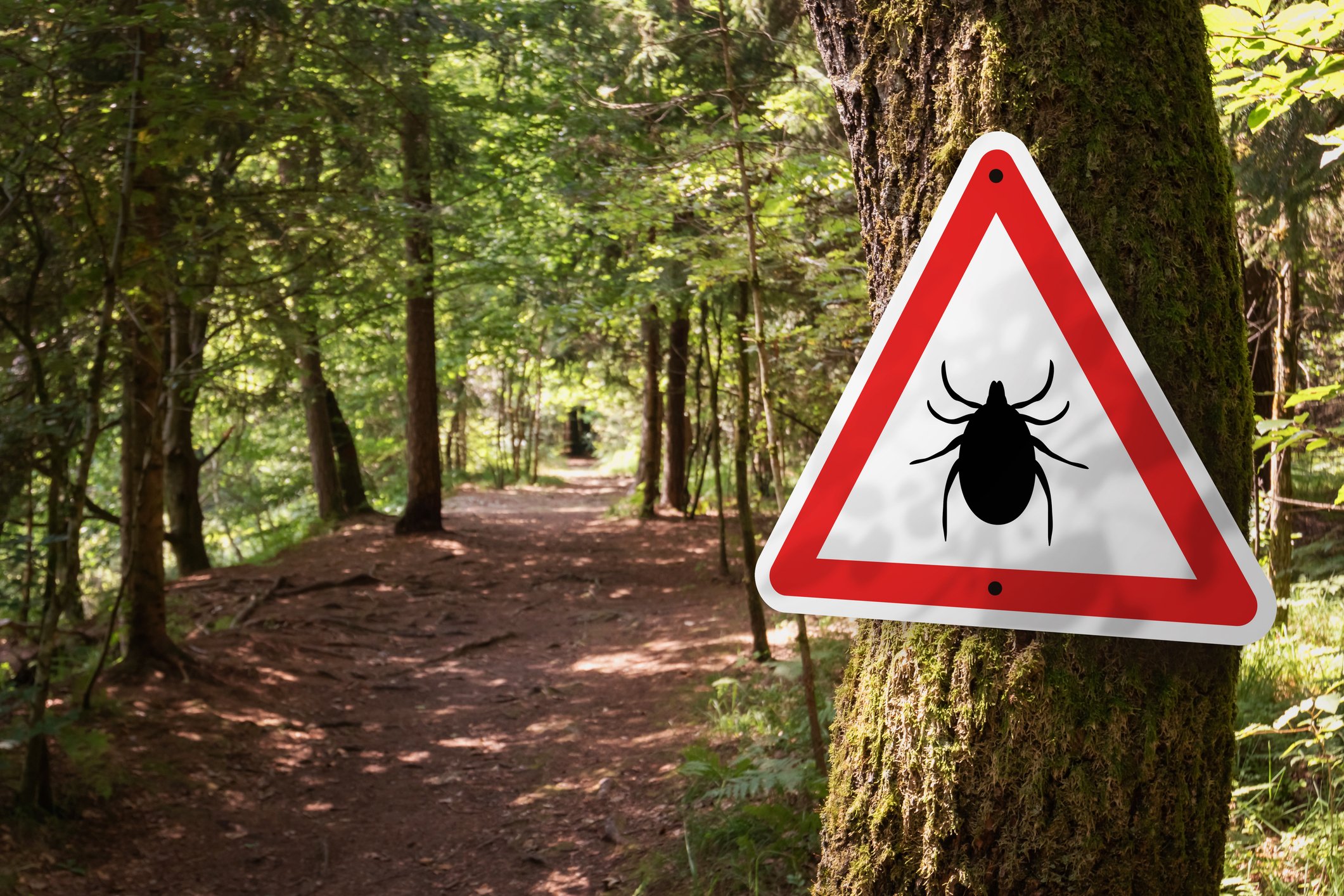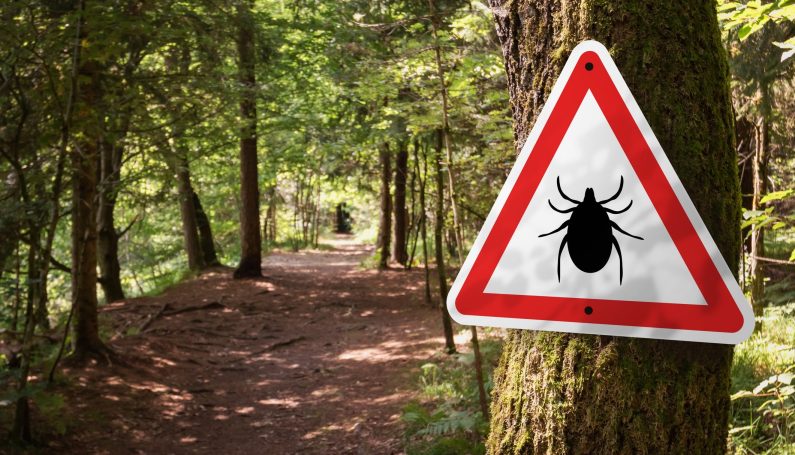
While in Maine this Memorial Day weekend, my family found six ticks on our bodies and clothes. Every day, we eagerly walked through dune grass to go play on the beach. I like to call this path “Tick Alley” — after one particular jaunt on the beach, I immediately identified and removed a tick from my son’s head. I felt a little more than uneasy, as it reminded me of an earlier episode in my family.
A few summers back, after another family vacation in Maine, my husband fell ill with a high fever and chills. We never found a tick or signs of a bite, but the risk was too great. We asked our doctor to prescribe antibiotics for him. Although the Centers for Disease Control (CDC) doesn’t recommend this approach, it does claim that this method can treat early Lyme disease.
More than a few of my family members and friends suffer from Lyme disease. They have told me stories about taking multiple rounds of antibiotics with no relief. Most of them are on restricted diets to combat Lyme symptoms, including an extreme lack of energy. Some of them will suffer from the effects of Lyme for the rest of their lives. I’ve learned a few things from them in hopes that I can keep my family safe from this disease.
1. Not all cases of Lyme and other tick diseases present the same way.
You may have heard about the infamous “bull’s eye” rash. This rash appears in 80–90% of Lyme cases but doesn’t inevitably show up after you’ve been bitten by a tick. That is part of what’s so scary to me about finding ticks on those I love: Ticks don’t leave tell-tale signs that you’ve been infected with their diseases. Each case is different.
2. Stay in the know. Read the latest recommendations.
Check out what the CDC and Mayo Clinic have to say about preventing tick bites, proper removal of ticks, and knowing the symptoms of tick illnesses. Tick-borne illnesses cause nondescript yet very serious health problems. Researchers are always learning more about the disease and methods for prevention, so follow the experts for the latest.
3. Preemptively treat your shoes and clothes.
If you’ll be outside in the grass or in the woods, you can treat your shoes and clothing with permethrin. A good spray will last about six weeks or six washes, whichever comes first. Concentrate especially hard on your shoes, socks, and the cuffs and waistline of your pants.
4. Check for ticks daily.
Ticks love warm bodies, and they especially love cracks and crevices. Ticks can be tiny, so you really need to be thorough when checking. I’m talking head-to-toe thorough. Armpits, elbows, backs of knees, genitals, butt crack. If it’s warm, that’s where ticks want to be.
5. If you find ticks, remove them.
This step is so important. The best way to remove a tick is with tweezers. Disinfect the tweezers with alcohol, grasp as much of the tick’s body as possible, and pull out with a slightly upward motion. Do your best to get as much of the tick out as possible, and rest assured that the head and mouth parts do not continue to transmit disease after being removed from the body. Here’s a great how-to video from the University of Rhode Island’s Tick Encounter Center if you want a little extra help.
This summer, I donated to a fundraiser for a friend who has late-stage, neurological Lyme. Needless to say, Lyme is at the forefront of my mind right now. Prevention is so important. A great resource to read more is at URI’s Tick Encounter Center, and UMASS-Amherst even has a center where you can mail them your tick and they’ll identify it for you. And of course the Centers for Disease Control website is a solid place to check for information about Lyme and tick-borne diseases.
















